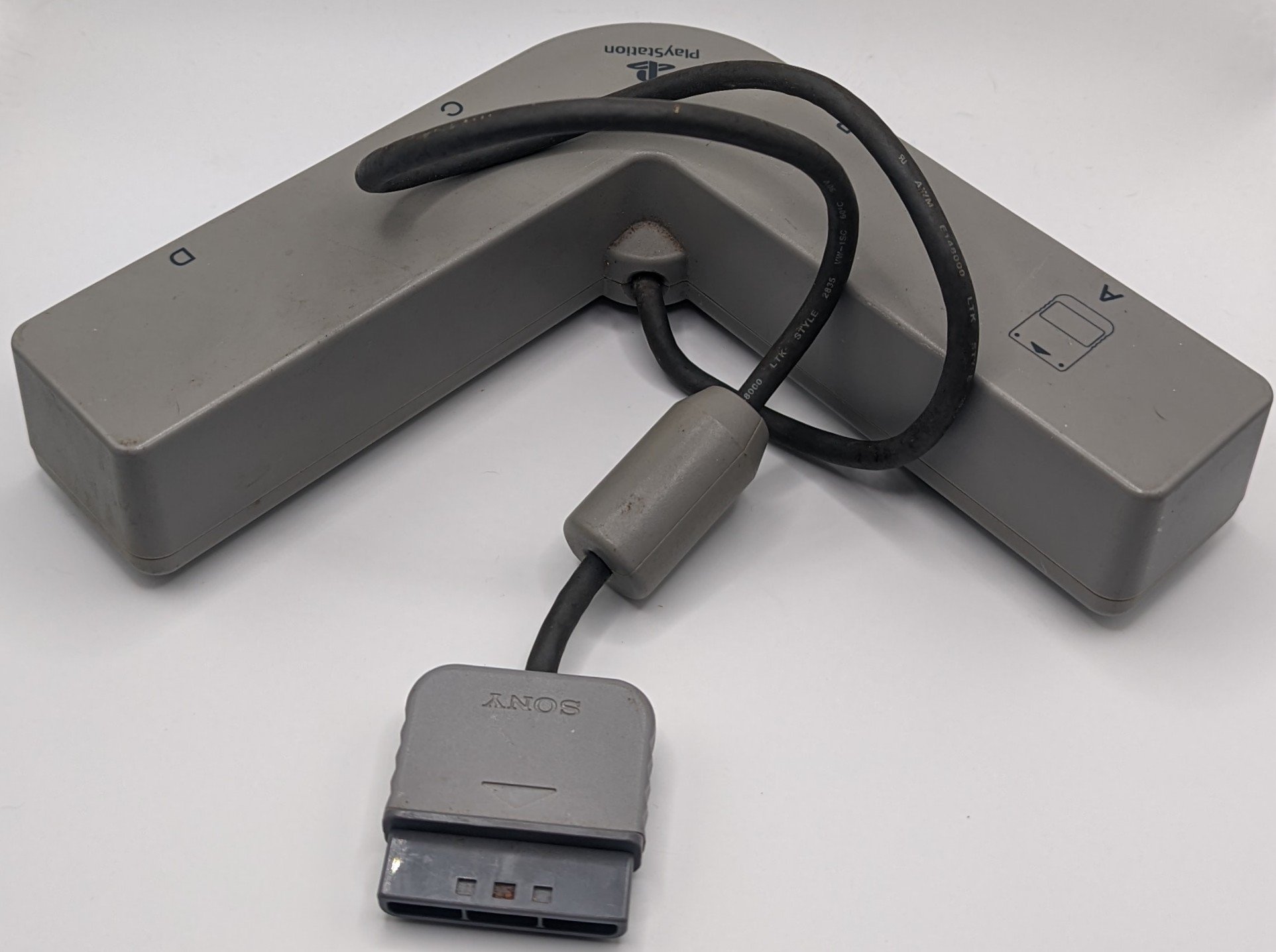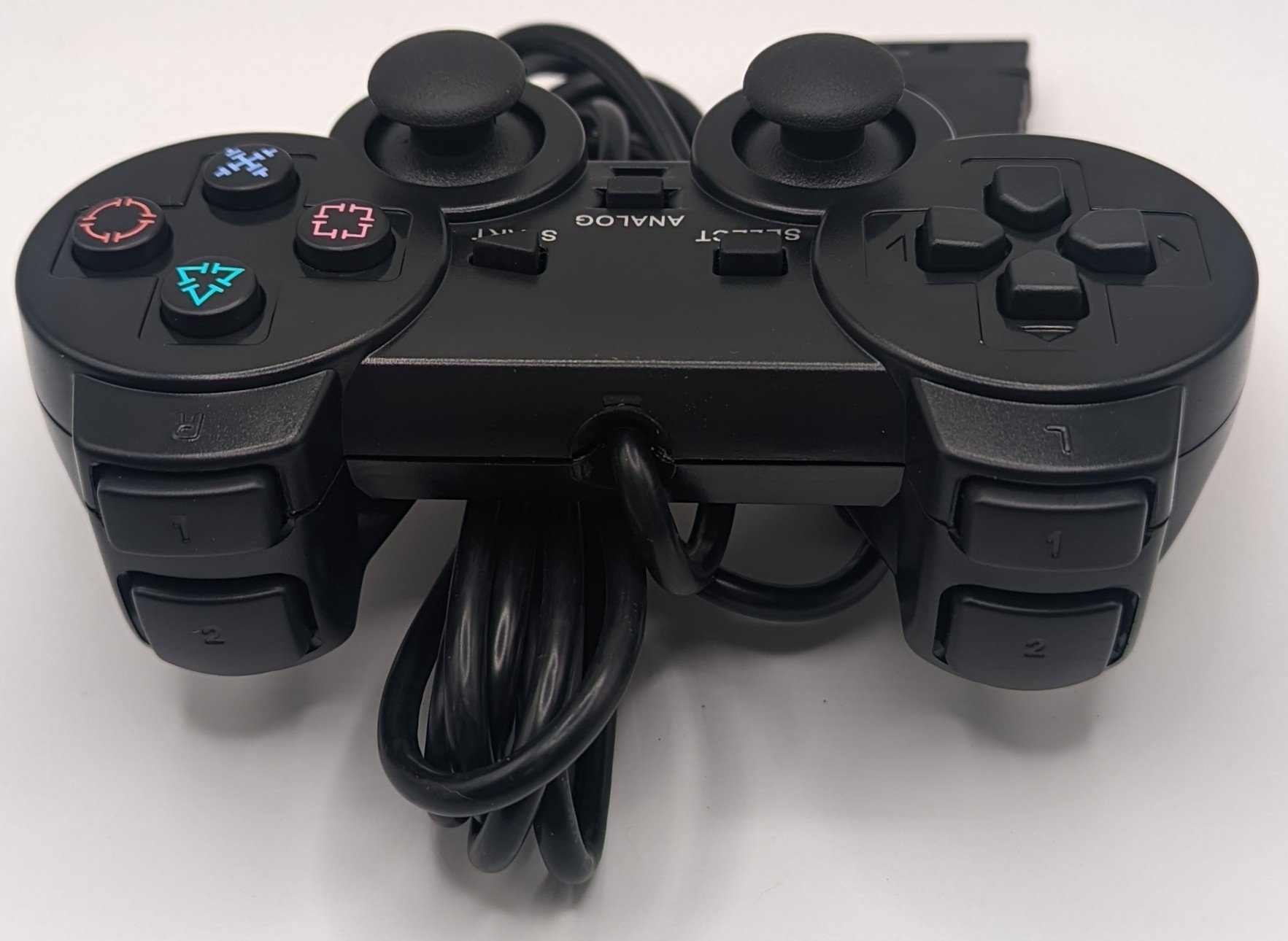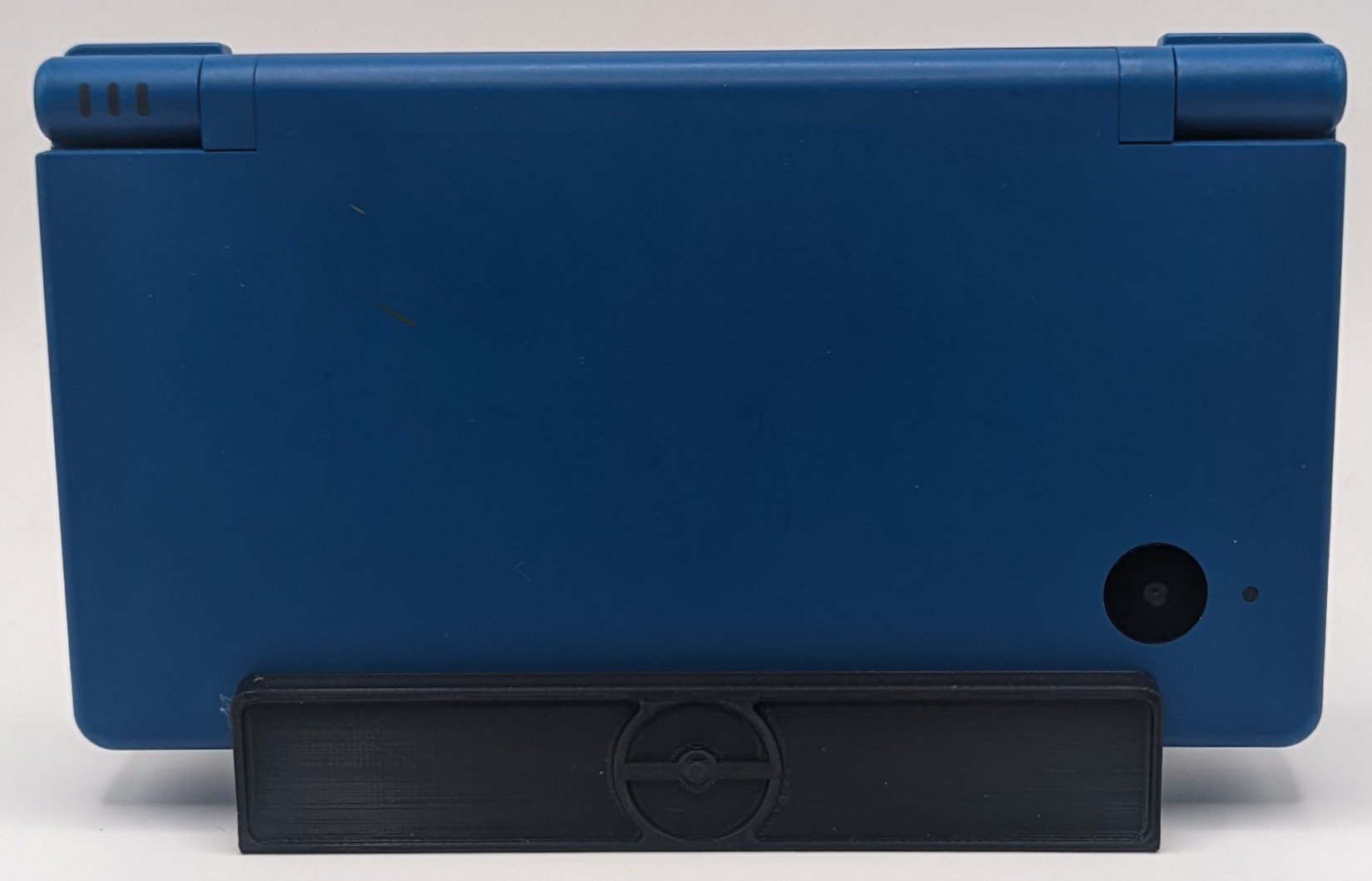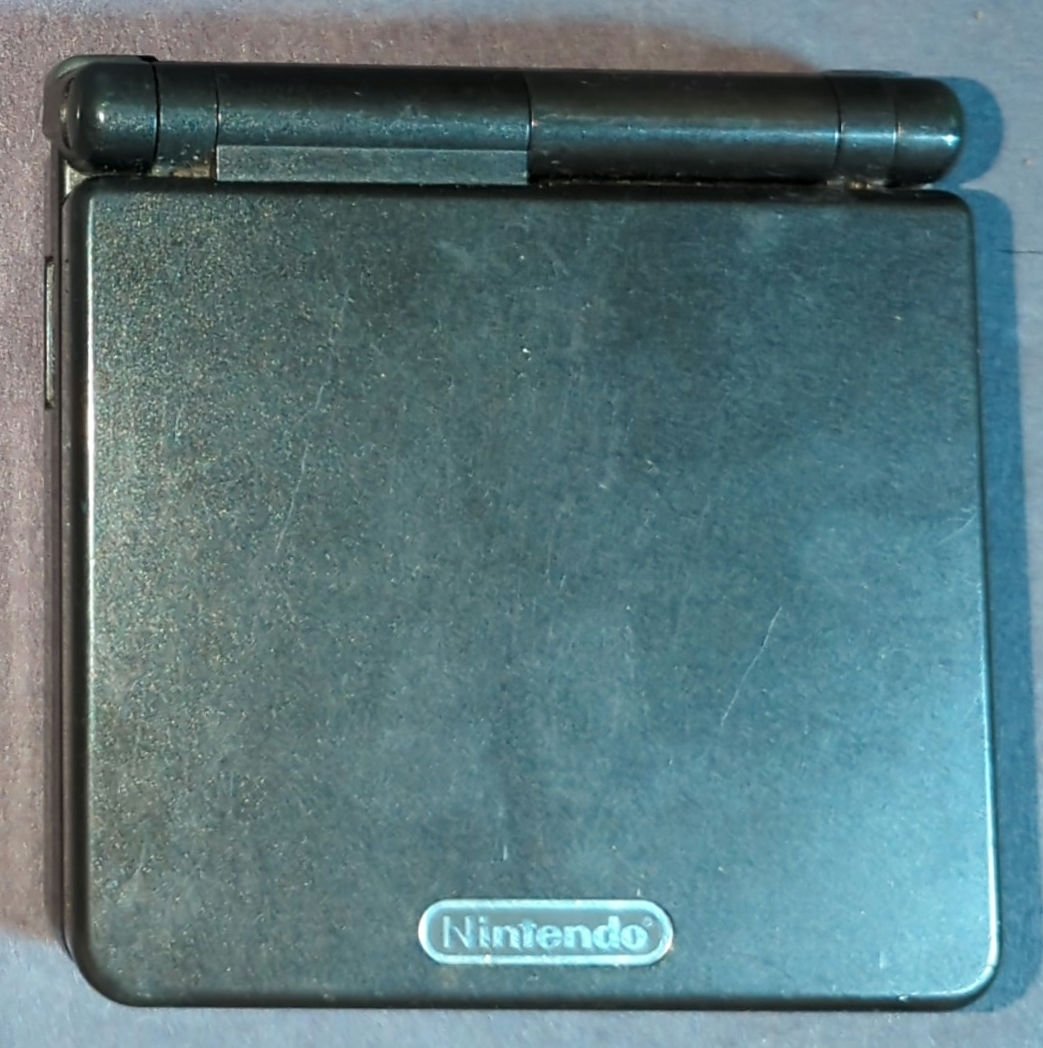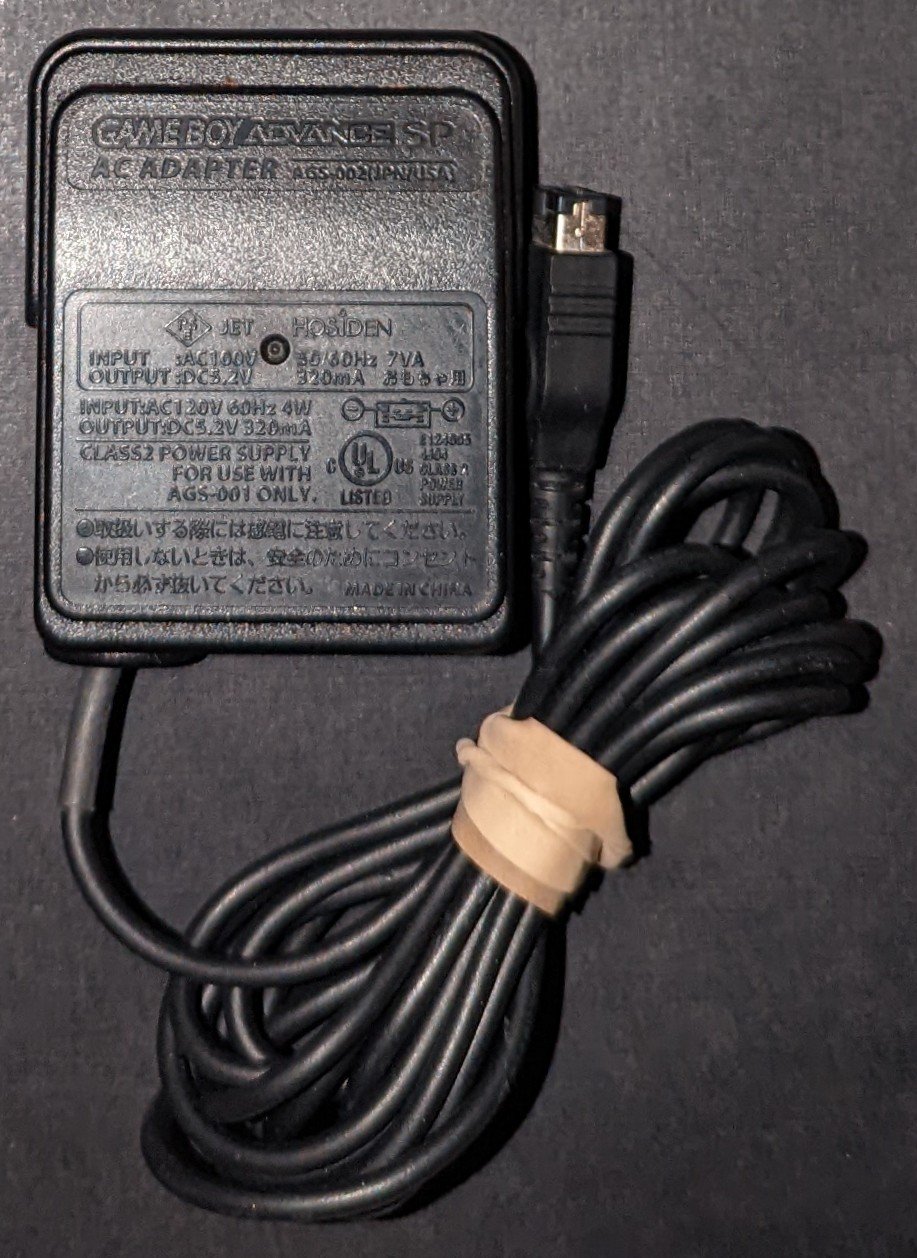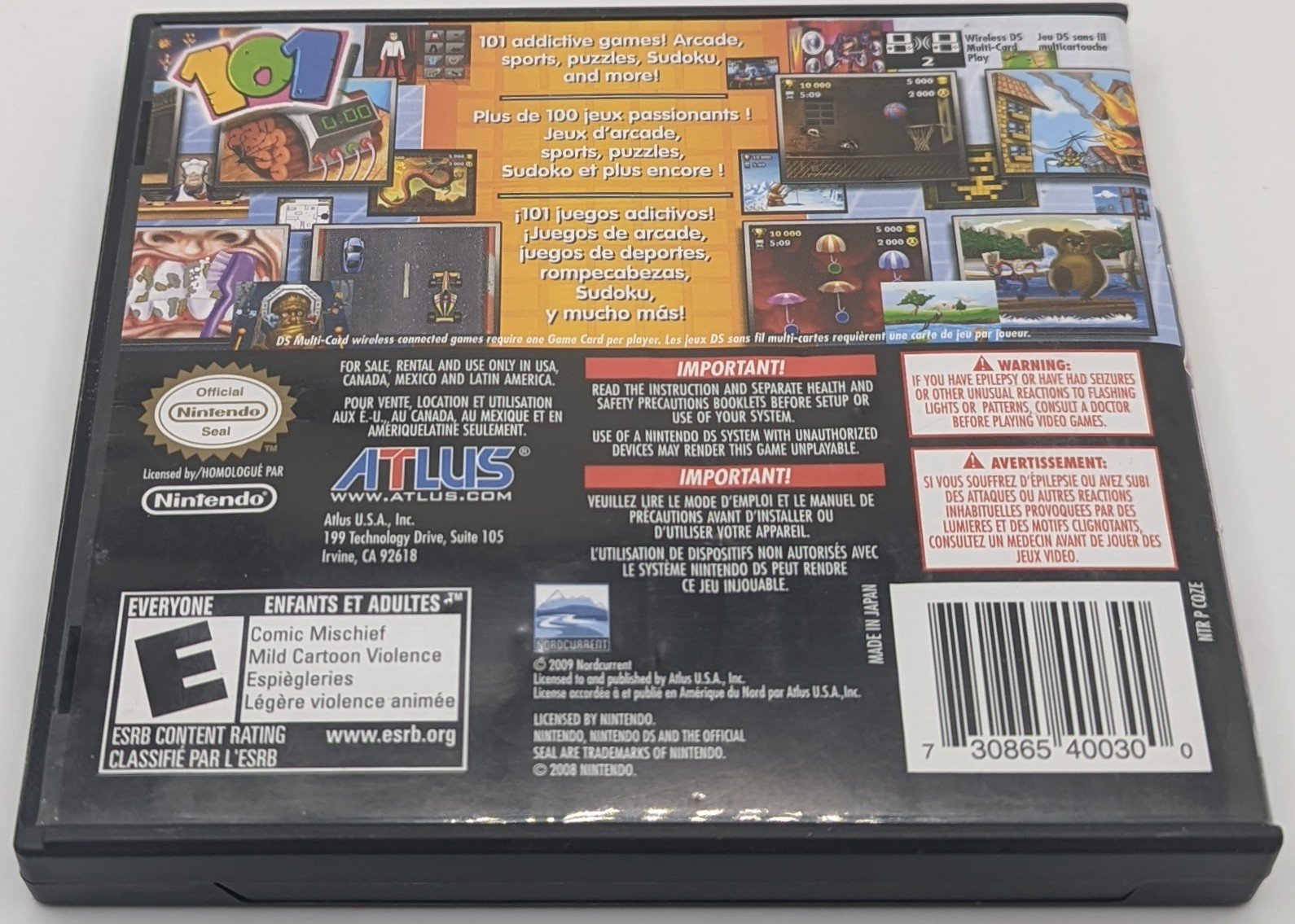 Image 1 of 3
Image 1 of 3

 Image 2 of 3
Image 2 of 3

 Image 3 of 3
Image 3 of 3




Pokémon Emerald
Pokémon Emerald stands as the definitive version of Generation III’s core Pokémon games, combining and enhancing the experiences of Pokémon Ruby and Sapphire into a single, feature-rich adventure. Released for the Game Boy Advance in Japan on September 16, 2004, and in North America on May 1, 2005, Emerald refined the formula with updated graphics, new gameplay features, and an expanded storyline that brought together the best elements of its predecessors.
Set in the vibrant and diverse Hoenn region, Pokémon Emerald places players in a world teeming with lush forests, vast oceans, volcanic landscapes, and hidden ruins. Unlike Ruby and Sapphire, which focused on the conflict between Team Magma and Team Aqua respectively, Emerald features both villainous teams, raising the stakes with a more complex narrative. At the center of the story is the Legendary Pokémon Rayquaza, who plays a crucial role in restoring balance between the mighty Groudon and Kyogre, culminating in a cinematic and climactic showdown that sets Emerald apart from previous entries.
Emerald also introduced several gameplay improvements and additions. The most notable was the Battle Frontier, a post-game facility that pushed competitive play to new heights. Featuring seven unique battle facilities with different rules and challenges, the Battle Frontier offered seasoned players an opportunity to test their skills, earn Battle Points, and win exclusive items. This mode became a fan favorite and a cornerstone of the game's long-term appeal.
The game retained core Generation III mechanics such as Pokémon abilities, natures, and double battles, while introducing subtle updates, like animated Pokémon sprites during battles—a visual enhancement that added more life to each encounter. Trainer rematches were more frequent, gym leader teams were stronger, and even the Elite Four received upgrades, making for a more engaging and replayable experience.
With its expanded storyline, enriched gameplay systems, and challenging endgame content, Pokémon Emerald is often considered the ultimate version of the Hoenn adventure. It remains a standout title not just within Generation III, but across the entire franchise—celebrated for its depth, polish, and the sense of discovery it continues to inspire in both longtime fans and new players alike.
Pokémon Emerald stands as the definitive version of Generation III’s core Pokémon games, combining and enhancing the experiences of Pokémon Ruby and Sapphire into a single, feature-rich adventure. Released for the Game Boy Advance in Japan on September 16, 2004, and in North America on May 1, 2005, Emerald refined the formula with updated graphics, new gameplay features, and an expanded storyline that brought together the best elements of its predecessors.
Set in the vibrant and diverse Hoenn region, Pokémon Emerald places players in a world teeming with lush forests, vast oceans, volcanic landscapes, and hidden ruins. Unlike Ruby and Sapphire, which focused on the conflict between Team Magma and Team Aqua respectively, Emerald features both villainous teams, raising the stakes with a more complex narrative. At the center of the story is the Legendary Pokémon Rayquaza, who plays a crucial role in restoring balance between the mighty Groudon and Kyogre, culminating in a cinematic and climactic showdown that sets Emerald apart from previous entries.
Emerald also introduced several gameplay improvements and additions. The most notable was the Battle Frontier, a post-game facility that pushed competitive play to new heights. Featuring seven unique battle facilities with different rules and challenges, the Battle Frontier offered seasoned players an opportunity to test their skills, earn Battle Points, and win exclusive items. This mode became a fan favorite and a cornerstone of the game's long-term appeal.
The game retained core Generation III mechanics such as Pokémon abilities, natures, and double battles, while introducing subtle updates, like animated Pokémon sprites during battles—a visual enhancement that added more life to each encounter. Trainer rematches were more frequent, gym leader teams were stronger, and even the Elite Four received upgrades, making for a more engaging and replayable experience.
With its expanded storyline, enriched gameplay systems, and challenging endgame content, Pokémon Emerald is often considered the ultimate version of the Hoenn adventure. It remains a standout title not just within Generation III, but across the entire franchise—celebrated for its depth, polish, and the sense of discovery it continues to inspire in both longtime fans and new players alike.




